Nosferatu
Introduction
Of all the films based on books, I can't find any that come close to the sheer number directly or indirectly based on Dracula by the Irish novelist Bram Stoker. With nearly one hundred films with 'Dracula' in the title, and countless others inspired by his vampire lore, the vampire is one of the most enduring cinematic creations of all time.
When Freidrich Wilhelm Murnau decided to adapt Dracula into a feature film, he didn't have the rights so took precautions to avoid possible legal action, changing the locations so London becomes Bremen and the characters so Count Dracula becomes Graf Orlok, Harker becomes Hutter and Mina becomes Ellen (though in some versions, in the intertitles she is called Nina). The rest of the story is similar to Stoker's gothic tale, an estate agent is despatched to meet a reclusive Count to finalise a property deal and, whilst there, the vampiric nobleman develops an interest in the wife of the estate agent. In the title role, Max Shreck has a striking look that is far removed from the character described by Stoker - he has rodent-like teeth, a bald head and pointed ears - and there is nothing remotely attractive about the creature.
Although many prints from the silent era were used and then disposed of, Murnau's film is generally regarded as the first film adaptation of Dracula and the first vampire movie yet, if Stoker's widow's successful legal action had been completely implemented, all copies of Nosferatu would have been destroyed and the film would have disappeared without trace. Fortunately, a single copy was smuggled from Germany to the US and Nosferatu, eine Symphonie des Grauens went on to become one of the most revered films of the Expressionist movement.
Video
Despite the inevitable print damage that comes with an eighty year old film, Murnau's direction and the cinematography is still fantastic. His use of shadow and foreboding sets still creates a sense of unease and great attention was paid to the set design, with door frames seemingly designed to mirror the shape of Shreck's head, emphasising his other-worldly and creepy appearance.
This set has two versions of the film, one in monochrome and the other with a sepia tint. Films from that era generally had several colour tints: sepia for day, blue for night and purple for an 'odd' occurrence. It's odd that this hasn't undergone the same treatment as it would have hidden some of the rather obvious day-for-night shooting and perhaps given viewers the opportunity of seeing Nosferatu as those did in the early 1920s.
Out of the two, I prefer the sepia tinted version, but both are good prints from, I imagine, damaged stock and the intertitles are well written for an English speaking audience.
Audio
Every version of Nosferatu seemingly has a different musical score, some with ill-fitting piano music but this has a wonderful and unsettling accompaniment by Gérard Hourbette and Thierry Zaboitzeff which is available in Dolby Digital 5.1 and 2.0 stereo.
Extra Features
The main extra feature is an authoritive and well delivered commentary by an unnamed speaker who explores the origins and features of the film. It's a good listen whilst not being the most entertaining track you'll come across as the emphasis is on informing rather than amusing.
Origins of Vampires explores the myths and roots of the creatures, from Vlad the Impaler and the different translations of Dracul (demon in one language, dragon in another) to a more contemporary look.
Nosferatu's Controversy looks at the storm around the film's original release and the injunction taken out, ordering all copies to be destroyed.
Conclusion
I was bought this for my 20th birthday and had never heard of it at the time - my parents explained that they weren't sure whether to buy me this or Snatch. I thanked them and said that I didn't know how many times I'd watch it but doubted it would be many. How little I knew and what a great decision they made as I probably would have sold Snatch and it wasn't long after receiving it that I first got into horror films in a big way and, whilst my initial interest was in more contemporary fare such as The Exorcist, The Evil Dead and The Texas Chain Saw Massacre, I began to watch and appreciate older horror films more than I ever would have imagined.
Of the many silent horror films and versions of the Dracula story, Nosferatu stands as my favourite in both camps. Although not the iconic version of the vampire Count, Max Shreck's portrayal of Count Orlok is thoroughly creepy, with his long limbs and fingers, bald pate and rat-like appearance, standing as the most sinister of all the movie vampires. He is a plague, a predator pure and simple rather than a dapper aristocrat who moves in high society whilst preying on young women.
I have a great deal of time for the Dracula films of Tod Browning, Terrence Fisher, John Badham and Francis Ford Coppola but the one that stands out above the rest and has unsurprisingly stood the test of time, as unsettling a adaptation of Stoker's novel as has ever been made. Full of startling imagery, Nosferatu is a shining example of the best of German Expressionism and silent horror. You don't have to be a film buff to enjoy this as it's surprisingly accessible and this version is very good but the Masters of Cinema release is probably the one to get.
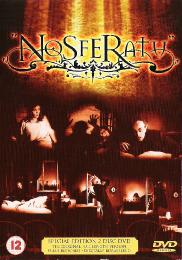
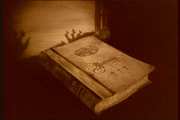
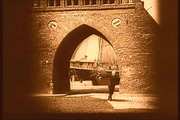

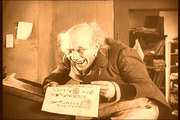
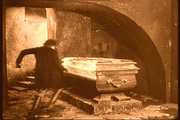
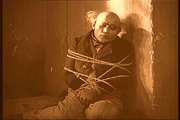
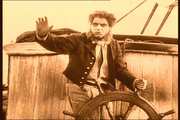
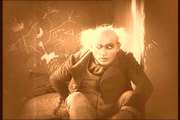
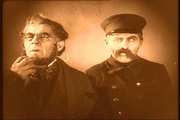
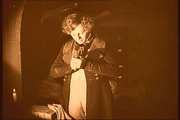
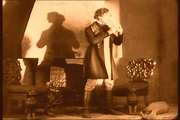
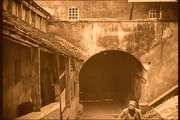
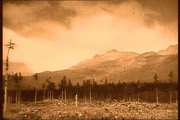
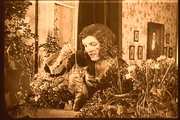
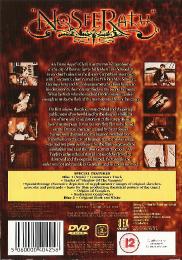
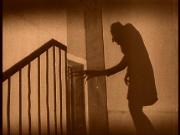
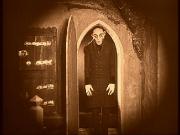










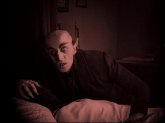



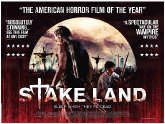



















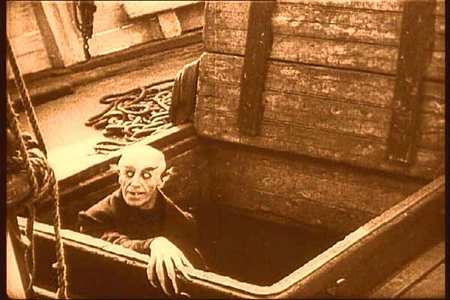

Your Opinions and Comments
Be the first to post a comment!